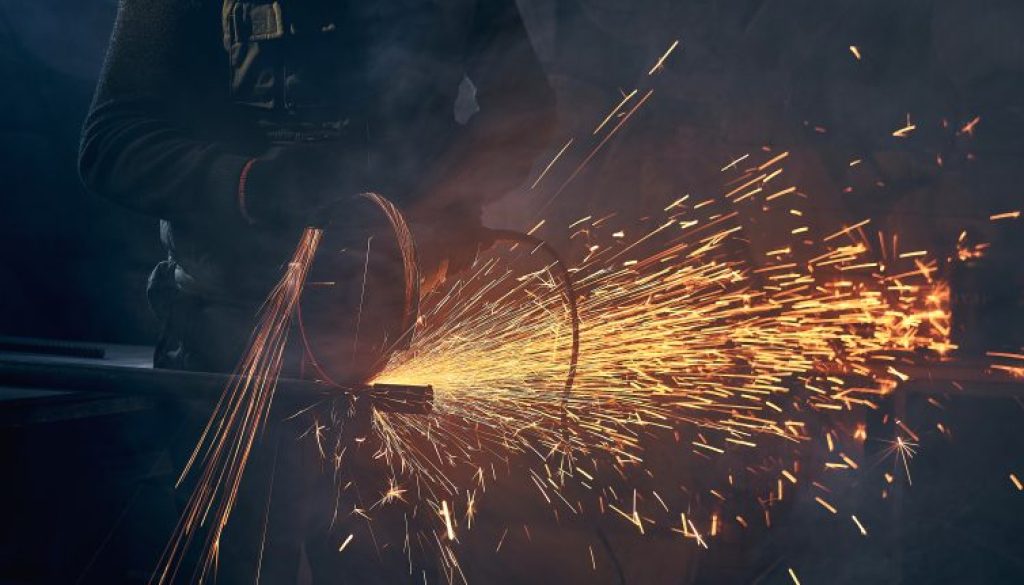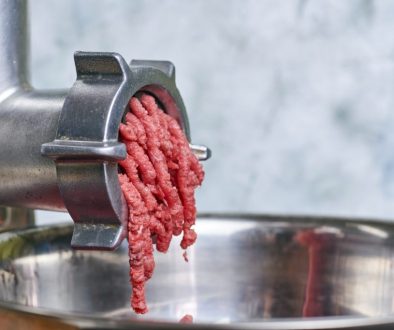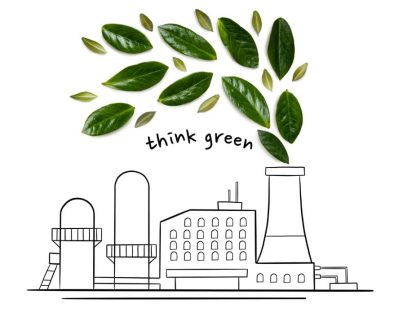Process of Welding Pipes
During his career, a metal fabricator will be expected to work on a wide range of jobs, using various metals of different thicknesses. Joining curved pieces of metal is more difficult than welding flat sheets, so by far, the most challenging process one is likely to come across is pipe welding, where it will be required to join cylindrical metal tubes using either SMAW or gas shielded arc welding processes involving pressure vessels. The pipe welding positions and techniques are often quite uncomfortable, especially if the pipe is fixed and access is restricted. As a result, learning the structural welding basics will give one a much better understanding of TIG and MIG welding in general, which is a great foundation for more complex procedures. This blog will explore this topic in further detail.
How to Weld Pipes – Basis Guide and Process
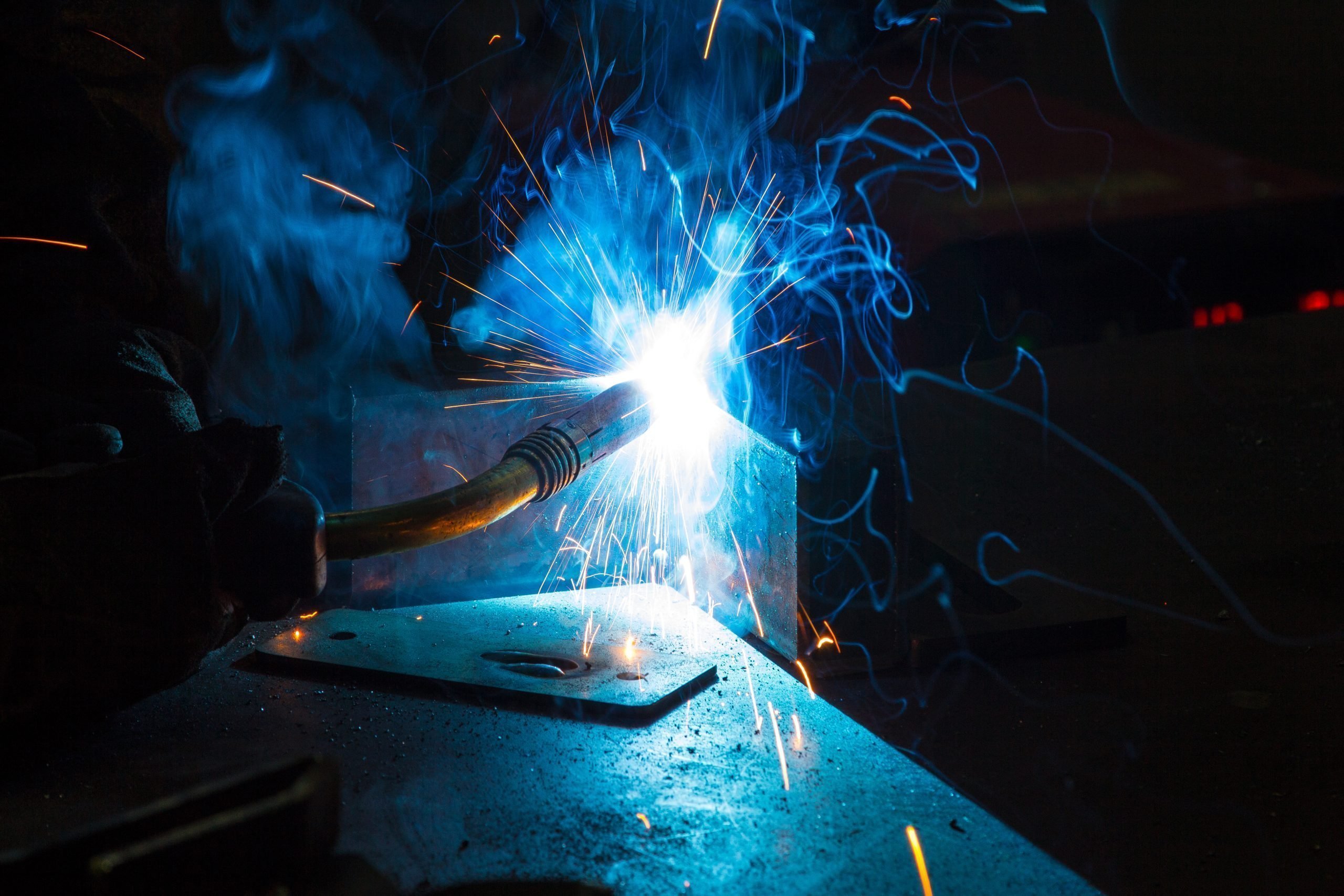
If a welding joint does not use a tacked backing plate, it’s known as open root welding, which is the most common process used while pipe welding. This is particularly difficult because one will essentially be welding across a gap (albeit a small one) so it’s important to use the right technique so that one does not make a mess of the whole job. Every welder will have a ‘good’ side and a ‘bad’ side when it comes to welding, depending on whether they’re left- or right-handed. For right-handed welders the left-hand side of the pipe is the challenge; for left-handed welders, it’s the right-hand side of the pipe which is the most difficult. Anticipating this obstacle and learning how to overcome it is the best way to ensure super strong, neat welds every time.
Pipe fabrication, and specifically welding, often uses quite thick, heavy-duty materials, and the open root nature of the welds means that penetration can be poor if not done properly. Leaving poorly penetrated welds on tough, industrial pipe welding jobs can be disastrous. It will need to be ensure that full penetration is achieved, however since that it’s unlikely that welding can be done from the inside of the pipe as well as the outside, one can combat this potential problem by using a groove weld.
Testing Pipe Welding
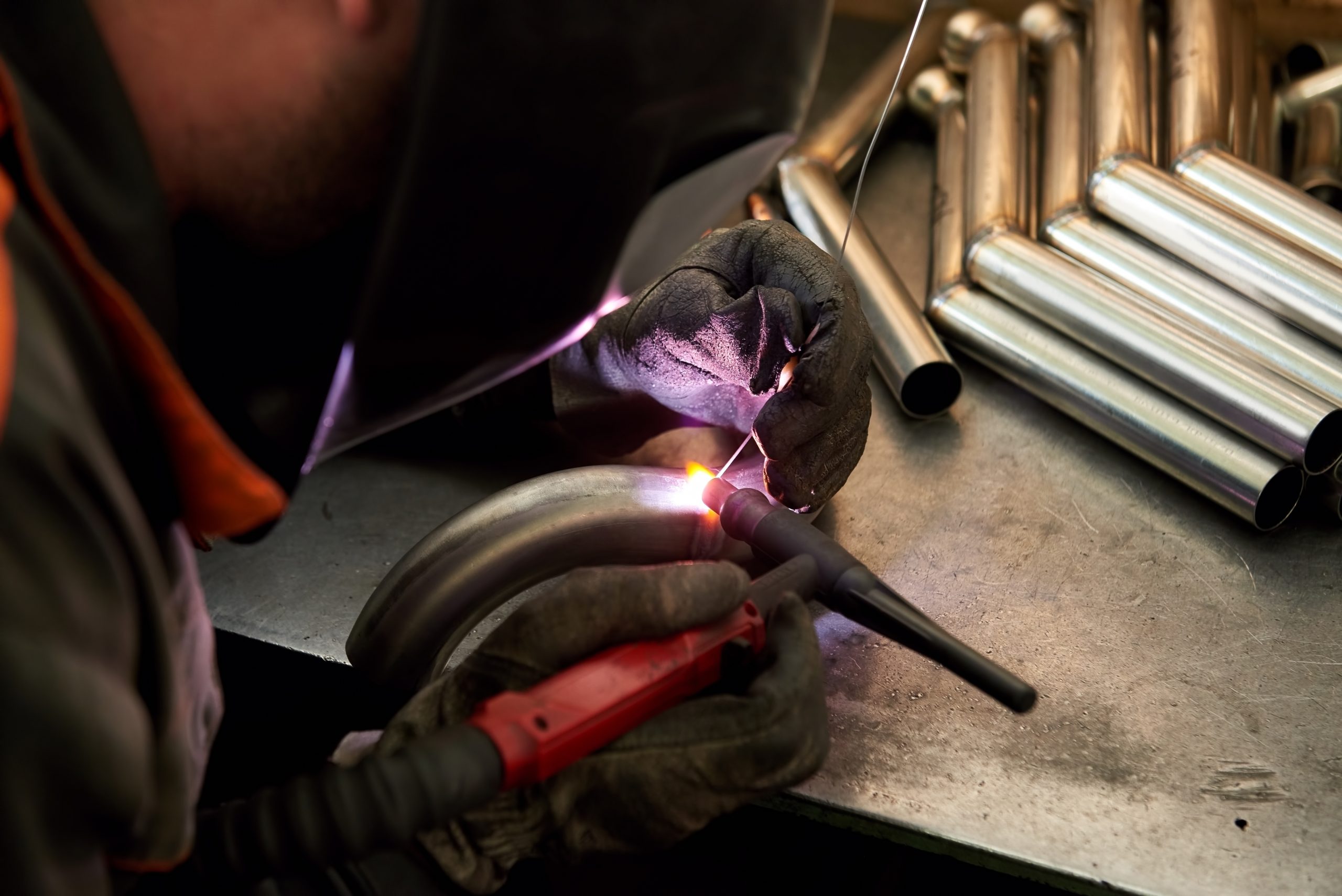
Inspecting the weld visually is one such method, which is by far the cheapest, quickest and easiest. It involves nothing more than looking at the weld to discern its quality, which can be a very subjective process. It can’t be used as a reliable method for detecting internal weld defects, so this method is mainly used when poor quality welds won’t put anyone or anything in danger.
Liquid dye penetrant testing is the second method, where a dye is sprayed or brushed onto the surface of the metal. The dye will highlight any surface cracks or imperfections which aren’t visible to the naked eye, making it more effective than a visual inspection, although the cost of the dye does mean that it’s marginally more expensive.
X-ray testing is the only really practical method of detecting internal weld defects, which is why it’s used on jobs where the quality of the weld is important for safety reasons. It works in a very similar way to X-rays which we have on the human body to look at broken bones, except on a much grander, more industrial scale. As a result, there are some risks associated with this method, so it should only be carried out by trained professionals. These three methods are called non-destructive testing (NDT), where the welds must remain intact. It may be appropriate to actually break apart the pipe weld by separating it into sections and testing the strength and quality of each one.
Conclusion

Mastering the art of pipe welding will take one’s welding career far beyond the potential of hobby or ordinary flat plate welding. The welder will learn some of the most challenging welding techniques in the industry, but will also gain a highly prized skill set which is desired by employers and which will probably lead to a higher salary. One won’t need any extra special equipment, but this isn’t a welding process for the half-hearted!

